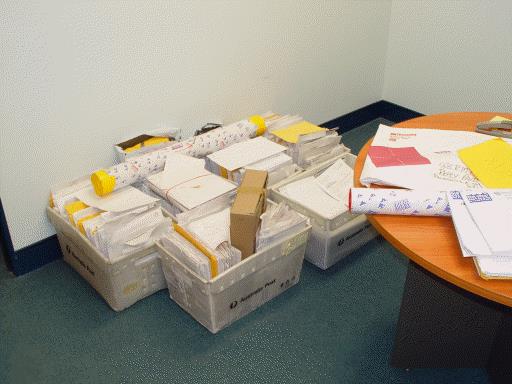Understanding the issue and working with the PA management.
SGNP is possibly the most visited protected area anywhere in the world. The average annual visitation is more than 1 million
people. Our problem at hand was to transform this visitation into popular public support for SGNP. The figures speak for themselves, and I set out to convince the forest department that if we are able to engage with the visitors in a detailed manner, our problem would easily be solved.
We put together an active Facebook page for SGNP and a website (government agency) to start this
Out reach campaign. We also produced popular, high quality publications on various biodiversity related topics and
handouts for enhancing user experience (in multiple languages).
Because of the vibrant social media presence, we were able to build a public following of about 20,000 people till now and
so created a bandwidth for our outreach.
The website is a means to utilize the internet to start online data collection and transactions.
With these things in place it was relatively easy for the forest department to go ahead and implement further actions.
1. Understanding of the functioning and mentality of a government agency and work to their skill sets, rather than forcing your priorities.
2. Visualise your solution as an upward engaging structure and start working on the basics.
- At least in India, the mandate of the forest department (PA management) is to protect and manage the area. Education, outreach, tourism are so to say not their mandates and are looked upon as additional burdens.
It was very important for me to demonstrate how this particular approach was going to help them do their job in a better way. Only then was the process smooth and up-scaling was possible.
The ownership of the process has to lie with the PA management. I prefer working as a volunteer, just facilitating the solution. I think this is very important as it prevents any financial ambiguity.
